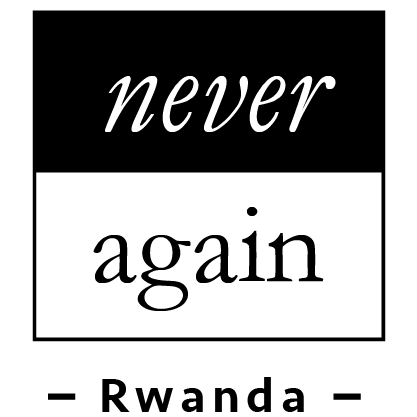The new technology surge is driving rapid-fire global change. New technologies present not only opportunities but also new pitfalls to humans and their freedoms. While new technologies offer wide-ranging openings to ameliorate people’s lives, they also present challenges, numerous of which bear multilateral, and multi-stakeholder results.
This has unequivocally been egregious, especially in these pandemic and epidemic times. Peacebuilders have tapped into crucial online communities to rally and drive social change for peace in a time of social distancing4. For example, the “Black Lives Matter” movement. To ensure digital technology is immensely employed with the purposes of ending violence, and not inflaming it, We must prevent the spread of misinformation and inflammatory messages, while ensuring that individuals and their data are protected online. We must continue to advocate for bringing human rights and peacebuilding experts, into talks and exchanges around perfecting translucency and responsibility when regulating.
Additionally, for tech-grounded peacebuilding initiatives to reach their eventuality to demand the cessation of myopic programs by actors, advocate for gender balance, and auspiciously resolve conflict, they must be supported.
More so, to reap the opportunities for peace handed by digital technologies, peacebuilders, policymakers and benefactors must recognize the eventuality of technology for peace, and the digital divides that may at the same time undermine these sweats. Investing in and supporting access and addition to technology for effective peacebuilding is vital now further than ever.
Digital technologies like platforms, systems, software, computer devices and other electronic tools that help induce, store and transfer data are playing an increasingly pivotal part in advancing peacebuilding activities around the world. The technological invention has been an important standardizing force which has opened new avenues, spaces for communal participation and collaborative action, empowering marginalized voices plus enhancing original responsibility
Much as the use of technology for peace presents a lot of challenges that can replicate power imbalances and conflict dynamics in digital space, precluding this requires testing hypotheticals and determining the felicitousness of introducing technology in a conflict and frame of reference sensitive manner. Social media platforms, podcasts, blogs, and online forums are being used to promote peace, through messaging and storytelling. This has erected mindfulness around peace in a methodical way by connecting users to relatable themes and individuals with lived conflict escapades.
The digital divide encompasses the specialized and fiscal capability to use available technology, along with access to the Internet.
These digital divides are disproportionately affecting marginalized groups such as women and nonage. Underpinning unsexed morals and power imbalances replicated in online spaces have restated into continued importunity and targeting by spoilers and trolls, further undermining these groups’ representation on online platforms.
With technology continually advancing, the issue of the “digital divide” cannot be ignored. In our society, where the distribution of wealth is indeed heavily unstable and unbalanced, access to computers and the Internet is deranging the situation even more6. Those with computers and access to the Internet are becoming even richer through the power of information, while those without them are becoming indeed poorer in comparison.
The digital divide will not close unless an action is taken to seal the gap. With socio-profitable divisions that are present in today’s society, the digital divide is compounding the effects. It is not just the cost of computers that results in the digital divide, but also the presence of widespread ignorance among overlooked populations.
That being explained, we need to pave a way on how we can overcome the digital divide or what exactly needs to be done. The hindrance, however, is by no means insuperable if broken down into specific tasks that must be fulfilled. Away from the most egregious fiscal walls, the following would help constrict the gap:
Universal Access; as the use of computing devices and the Intranet increases, so does the necessity for access. In the public sector, policy makers and community members must recognize how imperative it is, to have these resources and take measures to ensure access for all.
Public attitude changes about Technology; people should change their perspective and attitude as regards technology. Instead of having internet and computing tools perceived as dispensable opulence, the general public should have them deemed pivotal and introductory musts. People should realize how incredibly important new technologies have become and embrace them as tools for their bright future.
In a nutshell, digital divide can be eliminated and technology can as well be used to promote peace but we need collective efforts from all stakeholders with different mandates as far as social, economic, political and religious well-being are concerned. Everyone should at least have a crystal of certain responsibility as regards this matter.


